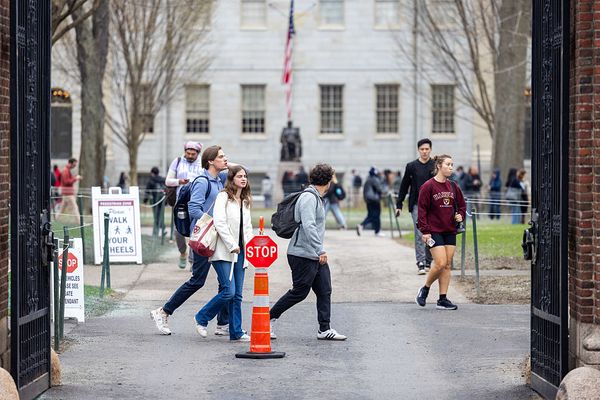
Campaigners are rallying to save a nearly 200-year-old train station that helped launch the age of steam-powered passenger travel.
Built in 1826 on the Stockton and Darlington railway line - the world’s first passenger railway to use steam trains - Heighington station in Newton Aycliffe, County Durham, is “possibly the world’s first railway station,” according to Historic England.
It has now been added to the 2024 Heritage at Risk Register, which lists nearly 5,000 endangered historical sites over concerns about neglect and decay. Campaigners hope to revive Heighington’s legacy and safeguard its place in railway history.
New research by the Friends of the Stockton and Darlington Railway has confirmed that the station was operational from 1827, making it the oldest known station, surpassing Liverpool Road station in Manchester, previously thought to be the oldest, dating from 1830.
This discovery led Historic England to elevate the station’s listing from Grade II to Grade II*, marking it as a building of “particularly important interest” - a classification held by only 5.8 per cent of listed buildings.
Initially, Aycliffe Lane station, as it was formerly called, functioned informally, with independent horse-drawn coach operators using it and paying tolls until 1833, when the Stockton & Darlington Railway (S&DR) took over, using steam locomotives and likely establishing a booking office at the station.
Renamed Heighington and Aycliffe Station around 1856, then just Heighington Station in 1873, the station operated until the 1970s.
The buildings, designed by local mason John Carter, featured squared sandstone, corner quoins, stone sills, and multi-pane sash windows. Original stone flags and kerbing, thought to be part of the former station’s low platform, remain in place.
The cobbled surfacing shown in historic photographs could have also survived but may be concealed beneath gravel and vegetation, according to Historic England.
Friends of the Stockton and Darlington Railway are trying to raise around half a million pounds ahead of the site’s 200th anniversary next year to restore the site and reopen it to the public. They hope that its addition to Historic England’s list will refuel conversations around the station’s future.
Also added to the Heritage at Risk Register is the Roman Painted House in Dover, Kent, the remains of an early 3rd-century building unearthed in the 1970s with large masonry walls, an underfloor heating system and areas of intact painted wall panels in red, green and yellow.
There is better news for a market town’s historic centre, an early railway goods shed, a city cemetery and a 1930s lido, which are no longer considered at risk after work to conserve them. A goods shed built in 1833 in Darlington, County Durham, considered the oldest surviving building of its type, has been repaired and redeveloped as a visitor attraction.
Heritage minister Sir Chris Bryant said: “The UK has an abundance of heritage sites across the country that attract tourists and provide jobs in local communities. Many of these are in desperate need of support. The Heritage at Risk Register plays a vital role in our ongoing mission to protect and preserve our rich heritage across the country.”
This article was amended on 14 November to remove a photograph of the wrong Heighington station. The image was of Branston and Heighington station, not Heighington and Aycliffe.







